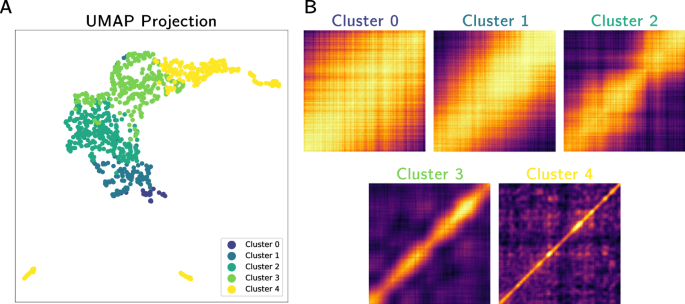Phys.org July 16, 2024
Understanding and interpreting dynamics of functional materials in situ is a challenge in physics and materials science due to the difficulty of experimentally probing materials at varied length and time scales. Although X-ray photon correlation spectroscopy (XPCS) is uniquely well-suited, spatial and temporal heterogeneity in material behavior can make interpretation of experimental XPCS data difficult. A team of engineers in the US (Argonne National Laboratory, University of Chicago) developed an unsupervised deep learning (DL) framework for automated classification of relaxation dynamics from experimental data without requiring any prior physical knowledge of the system. They demonstrated how this method could accelerate exploration of large datasets to identify samples of interest. They applied this approach to directly correlate microscopic dynamics with macroscopic properties of a model system. According to the researchers DL framework is a concrete step towards autonomous materials discovery… read more. Open Access TECHNICAL ARTICLE

Depiction of the latent space after applying Uniform Manifold Approximation and Projection and k-means clustering.
Credit: Nature Communications volume 15, Article number: 5945 (2024)